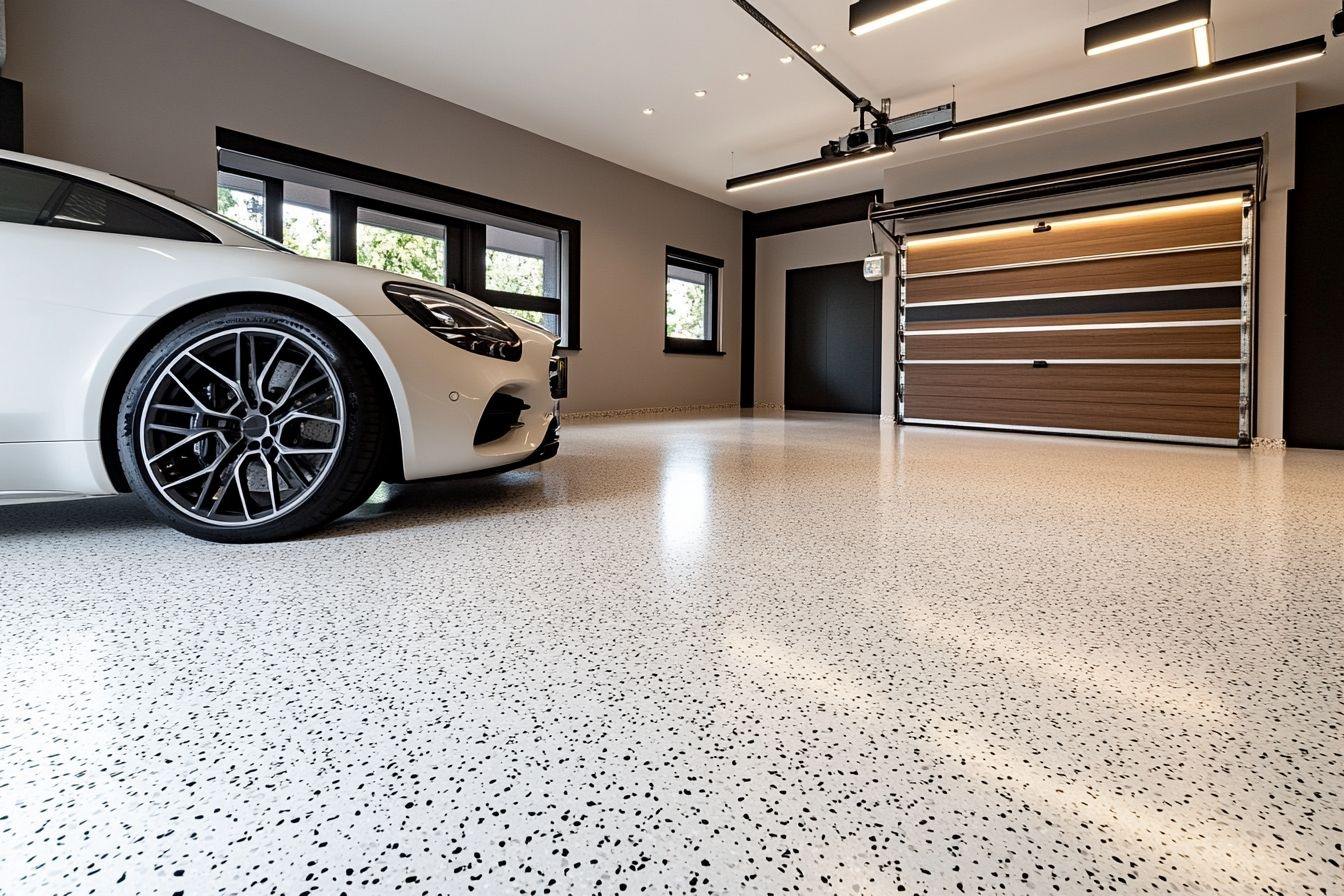Task and ambient lighting strategies for grooming and relaxation
Effective lighting design balances precise task illumination for grooming with softer ambient light for relaxation. This article explains practical strategies that integrate electrical planning with ventilation, waterproofing, tiling and other renovation concerns to create a functional, comfortable space for daily routines and unwinding.

A thoughtful lighting plan separates functions: bright, shadow-free task lighting where precision matters, and gentle ambient lighting to support relaxation. Integrating lighting choices with ventilation, waterproofing and heating systems during renovation reduces retrofit issues and improves durability. Consider how fixtures interact with tiling, grout lines and reflective surfaces to avoid glare while preserving visual clarity in wet areas.
Lighting for grooming tasks
Task lighting should provide uniform, color-accurate illumination at mirrors and vanities. Use fixtures with a high color rendering index (CRI) close to natural light to support activities like shaving, makeup or skincare. Position vertical lighting at around eye level to minimize shadows on the face, and choose fixtures rated for damp or wet locations near showers and sinks. Coordinate electrical runs with plumbing to avoid conflicts, and consult local services or a licensed electrician during renovation to ensure compliance with codes.
Ambient lighting for relaxation
Ambient lighting sets mood and can be layered with dimming controls for flexibility. Soft, indirect light from concealed LEDs, wall sconces or cove lighting reduces contrast and supports relaxation after a long day. Pair ambient sources with efficient heating solutions so occupants feel comfortable without bright, harsh light. Attention to waterproofing and appropriate fixture selection ensures that ambient lights near wet zones remain safe and durable over time.
Ventilation, waterproofing, and drainage
Good ventilation prevents humidity buildup that can damage lighting and finishes. Mechanical ventilation, properly sized and placed, helps protect fixtures and reduces maintenance needs related to corrosion or mold. Waterproofing membranes, appropriate drainage slopes, and sealed fixture installations prevent water intrusion that could compromise electrical components. During renovation, plan ventilation ducting and drainage channels so they do not conflict with lighting or outlet locations.
Tiling, grout, and durability
Tile choices and grout color affect light reflection and perceived brightness. Glossy tiles reflect more light, which can improve ambient levels but may increase glare; matte finishes soften reflections. Durable grout and correct sealing help maintain surfaces under high humidity and frequent cleaning. When specifying lighting, consider how fixtures will highlight or hide grout lines and whether maintenance routines might require accessible lighting fixtures that resist steam and chemical cleaners.
Plumbing, fixtures, and heating
Coordinate lighting placement with plumbing and fixtures to avoid interference and to simplify maintenance. Recessed lights near showers require compatible trims and vapor barriers to protect insulation and electrical boxes. Integrate heating elements, such as heated floors or towel rails, so they complement lighting placement and enhance comfort during grooming. Durable fixture choices—corrosion-resistant finishes and sealed connections—extend service life in humid environments and reduce long-term maintenance needs.
Storage, accessibility, sustainability
Good lighting supports accessible storage solutions, making shelves and drawers easier to use for all ages and abilities. Use task-oriented illumination inside cabinets or under shelving to aid grooming routines. Prioritize energy-efficient LEDs and controls such as timers or occupancy sensors to improve sustainability without sacrificing performance. Durable materials and thoughtful maintenance access to fixtures and plumbing reduce lifecycle costs and support a renovation approach that balances functionality and environmental impact.
Conclusion Balancing task and ambient lighting requires coordination across ventilation, waterproofing, tiling, plumbing and heating decisions. Prioritize fixture placement that minimizes shadows for grooming while providing layered, dimmable ambient light for relaxation. Planning these elements during renovation, and working with local services where needed, helps ensure durability, easier maintenance, and a more comfortable, sustainable result.





